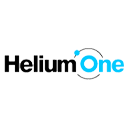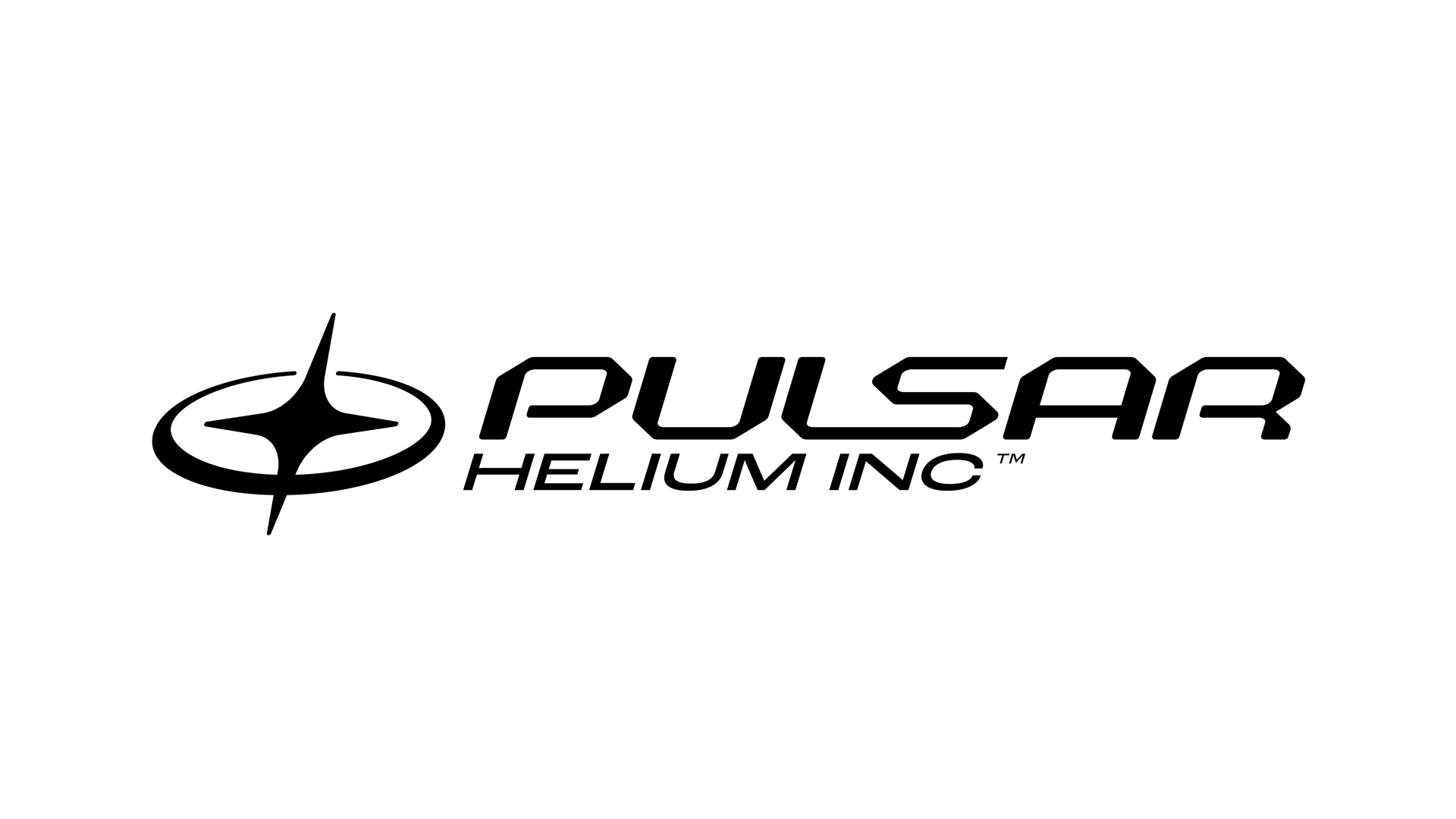Helium Prices Surge 400% to Record Highs as Global Supply Shortage Persist in the Rise of AI

Helium market hits 400% price gains. Multiple companies near production globally. Supply constraints meet rising demand from AI, quantum computing, healthcare.
- Helium prices have reached unprecedented levels in 2025, with major markets seeing prices of $97,200-$117,660 per metric ton, representing increases of over 400% in recent years due to fundamental supply-demand imbalances.
- The global helium market is valued at approximately $3.36 billion in 2025 and is projected to expand at a 3.05% compound annual growth rate, reaching $3.90 billion by 2030, driven by expanding industrial applications and premium pricing enabled by supply constraints.
- Helium serves critical functions across healthcare (MRI machine cooling), semiconductor manufacturing, and emerging technologies like quantum computing and AI infrastructure, with no viable substitutes available for these essential applications.
- Limited geological sources concentrated in specific regions, combined with technical barriers including specialized extraction equipment and cryogenic storage requirements, create sustained pricing power and competitive advantages for established producers.
- Multiple companies across different continents are advancing toward near-term production, offering investors diverse geographic exposure and clear catalysts for revenue generation in a market experiencing severe supply shortages.
As one of the few truly irreplaceable industrial gases, helium's unique properties make it indispensable across healthcare, technology, and emerging sectors, while geological and geopolitical factors continue to limit supply. The helium market presents a compelling investment narrative built on fundamental supply-demand dynamics, rising industrial applications, and constrained global production.
Market Fundamentals and Price Dynamics
The global helium market demonstrates robust growth characteristics that investors should carefully consider. According to market analysis, the helium gas market was valued at approximately US$3.36 billion in 2025 and is projected expand at a CAGR of 3.05% over the forecast period reaching US$3.90 billion by 2030. This growth trajectory reflects both expanding industrial applications and the premium pricing that supply constraints have enabled.
Price movements in 2025 have been particularly striking. In the first quarter alone, helium prices reached new highs across major markets, with the United States seeing prices of $97,200 per metric ton, Germany at $114,200 per metric ton, and France at $117,660 per metric ton. These price levels represent increases of over 400% in recent years, demonstrating the market's response to supply-demand imbalances.

The pricing dynamics reflect several key factors that investors should understand. Limited helium production comes primarily from natural gas extraction in specific geological formations, creating geographic concentration risks. Geopolitical tensions in key producing regions can immediately impact supply chains and drive price volatility. Additionally, the specialized nature of helium storage and transportation—requiring cryogenic facilities—creates additional infrastructure barriers to supply expansion.
Industrial Applications and Demand Drivers
The helium market benefits from diverse and growing end-use applications, many of which have no viable substitutes. Healthcare remains the largest demand driver, particularly for MRI machines where helium serves as a coolant for superconducting magnets. The aging global population and increasing healthcare infrastructure investment support continued growth in this segment.
Electronics and semiconductor manufacturing represent rapidly expanding demand sectors. Helium's inert properties and cooling capabilities make it essential for advanced chip production, particularly as semiconductor processes become more sophisticated. Emerging applications include data center cooling for AI infrastructure and computing facilities, which increasingly require helium for specialized cooling applications.
Desert Mountain Energy represents a particularly intriguing case study in helium sector diversification and strategic positioning. While originally focused on helium and hydrogen development, the company has secured a significant natural gas supply agreement that demonstrates the broader energy infrastructure opportunities within the sector. Desert Mountain Energy announced a binding offtake agreement with Roswell Information Park LLC, a data center development group, for all gas produced from the company's West Pecos field in New Mexico.
The agreement positions Desert Mountain Energy as a key supplier to what industry observers suggest could become a massive AI infrastructure hub. Initial plans call for 100-200 megawatts of data center capacity coming online in early 2026, with potential expansion to 500 megawatts in later phases. However, industry analysis suggests the ultimate buildout could reach up to 4 gigawatts, requiring approximately 700 million cubic feet of natural gas per day.
The company's helium operations remain active, with its processing plant in New Mexico operational and having shipped its first helium trailer in April 2025. While current helium output does not yet cover operational costs, the infrastructure is in place for future optimization.
Strategic Company Developments and Production Progress
Several publicly traded companies are making significant progress toward helium production, offering investors direct exposure to this constrained market. These developments span multiple continents and represent various stages of project advancement.
In North America, Helix Exploration is advancing rapidly toward production in Montana. The company has commenced civil construction at its Rudyard Plant site and completed successful wireline testing at its Inez #1 well.
"We are pleased to update the market on continued progress at the Rudyard Field project. Wireline results from Inez #1 look extremely encouraging with clearly defined gas bearing reservoir intervals in the Souris and Red River formations. Importantly, the wireline characteristics are similar to Linda #1, which is located two miles to the north in the same Field." - Helix Exploration CEO, Bo Sears
The Montana project represents a near-term production opportunity, with Sears noting that the construction at the Rudyard Plant site is underway as an important step toward being the first helium producer in the State of Montana. With four production wells already drilled and a fifth in progress, Helix Exploration is focused on delivering one of the most cost-effective and rapid developments in the North American helium sector.
Blue Star Helium has demonstrated strong technical results from its Colorado operations. The company completed flow testing at its Aloha Mula 12 well, achieving constrained flow rates of 3,000 thousand cubic feet per day with minimal pressure drawdown.
"The Aloha Mula #12 well, translated 'Hello Money', has tested as the strongest well in the current campaign. These strong results indicate the capacity for sustained high flow production." - Blue Star Helium Managing Director and CEO, Trent Spry
An instantaneous test of 15,000 Mcfd and modelled absolute open hole Flow (AOF) of 9,000 Mcfd further indicates strong well performance onsite. Blue Star's assets include existing discovery wells with helium gas recoveries and access to the Tumbleweed gas gathering system and the Ladder Creek helium processing facility creating further opportunities for expansion.
In Tanzania, Helium One included a £10 million fundraise to accelerate development of both its Tanzania Southern Rukwa project and its US operations on a company update:
"At present, Helium One is a non-revenue generative business, but we are in the unique position of having interests in two significant helium development projects. This raise is an important step for the company and will enable us to accelerate both these projects towards production and ultimately cash flow." - Helium One Global Chairman, James Smith
The company has also received formal confirmation of the Southern Rukwa Mining Licence award in Tanzania covering 480 square kilometers. The capital raised through the fundraise will be used to advance development of the Itumbula West discovery in Southern Rukwa and for further testing using a downhole Electric Submersible Pump which is an important to better understand the concentrations of helium and establish multi-rate flow tests to finalize the development plan and subsequent processing plant.
In Europe, Pulsar Helium is advancing its unique Tunu project in Greenland, which represents one of the few primary helium occurrences in Europe. The company has engaged Sproule-ERCE to conduct a Pre-Feasibility Study that will evaluate both helium extraction and geothermal opportunities. , emphasized the project's strategic value:
"The Tunu project is a unique opportunity, combining primary helium and geothermal energy potential in a highly strategic location. This Pre-Feasibility Study could be a crucial step in unlocking additional value for our shareholders and support Europe's critical raw materials and clean energy ambitions." - President & CEO, Thomas Abraham-James
Australia's Georgina Energy has achieved significant resource upgrades at its Mt Winter project, with a 37.8% increase in net attributable recoverable resources.
"We are delighted with a 37.8% increase in recoverable resources at Mt Winter, as it further justifies our hard work in bringing the asset to a pre-drill stage. Our technical team has been working tirelessly to complete drilling permitting and tenement applications for the well re-entry programs for both Hussar & Mt Winter." - Georgina Energy CEO, Anthony Hamilton
The helium sector offers investors exposure to projects across multiple continents, each with distinct advantages and risk profiles. This geographic diversification helps mitigate country-specific risks while positioning companies to serve different regional markets.
The Investment Thesis for Helium
The helium market's structure creates both opportunities and challenges for investors. Traditional supply sources are concentrated in specific regions, primarily the United States, Qatar, and Algeria. This concentration creates supply security concerns and price volatility when production disruptions occur.
However, new production sources are emerging globally. Companies are exploring unconventional extraction methods and developing projects in previously unexplored regions. This diversification trend should provide more stable long-term supply while potentially moderating extreme price volatility.
- Supply-Demand Fundamentals: Limited geological sources meet growing industrial demand, creating sustained pricing power and market opportunity for producers
- Irreplaceable Applications: No viable substitutes exist for helium in critical applications like MRI machines, semiconductor manufacturing, and scientific research
- Emerging Technology Demand: Quantum computing, advanced semiconductors, and AI infrastructure drive new applications requiring helium cooling
- Geographic Diversification: Multiple projects across different continents reduce single-country risk while providing access to regional markets
- Production Timeline Visibility: Several companies approaching near-term production offer clear catalysts for revenue generation and cash flow
- Premium Pricing Environment: Recent price increases of 400%+ demonstrate market willingness to pay premium prices for reliable supply
- Infrastructure Barriers: High capital requirements and technical complexity create competitive moats for established producers
- Government Strategic Interest: Critical material designation in many countries supports policy frameworks favorable to domestic production
- Portfolio Diversification: Helium investments provide exposure to industrial gases sector with different risk-return characteristics than traditional energy
- ESG Considerations: Helium enables clean technologies and medical applications, aligning with sustainable investment criteria
The technical challenges of helium production and processing create barriers to entry that protect established producers. Helium requires specialized extraction equipment, cryogenic storage facilities, and sophisticated purification processes. These requirements favor companies with technical expertise and sufficient capital resources.
It is best to focus on companies with near-term production capability, proven reserves, strategic geographic positioning, and experienced management teams. Prioritize projects with clear path to cash flow generation and consider portfolio allocation based on production timeline and regional exposure preferences.
Market Implications
The helium sector presents a compelling investment opportunity driven by fundamental supply-demand imbalances, expanding industrial applications, and limited production sources. Multiple companies are advancing toward production across diverse geographic regions, offering investors various entry points and risk profiles. Recent price increases demonstrate the market's willingness to pay premium prices for reliable supply, while emerging applications in quantum computing and advanced electronics suggest sustained long-term demand growth.
The combination of technical barriers to entry, strategic government interest, and irreplaceable industrial applications creates a favorable environment for established producers and well-positioned development companies. Investors should consider helium exposure as part of a diversified portfolio strategy, focusing on companies with clear paths to production and strong technical capabilities.
Analyst's Notes




Subscribe to Our Channel
Stay Informed

















